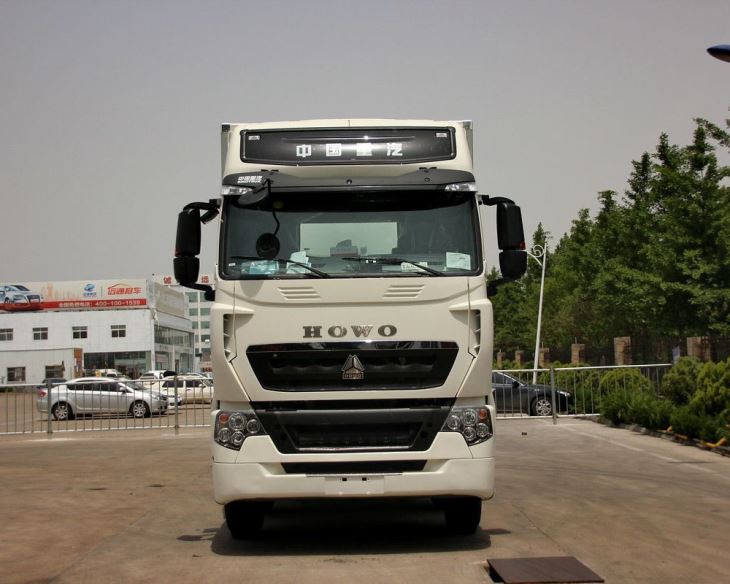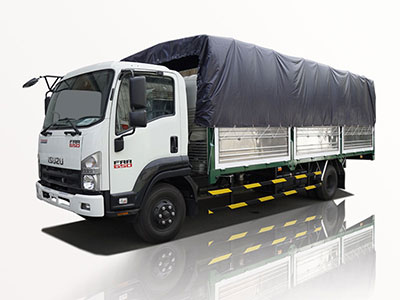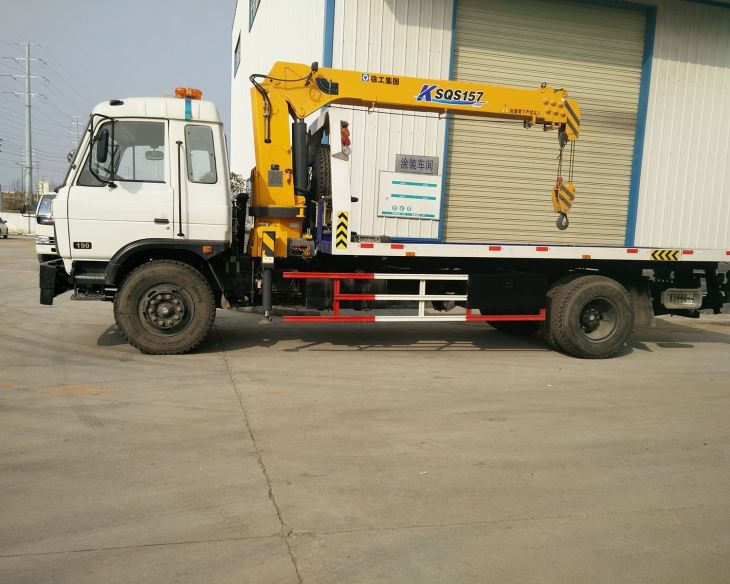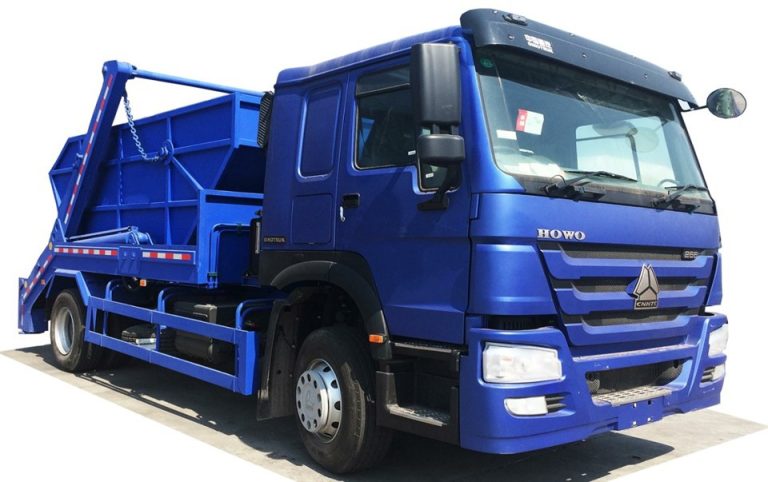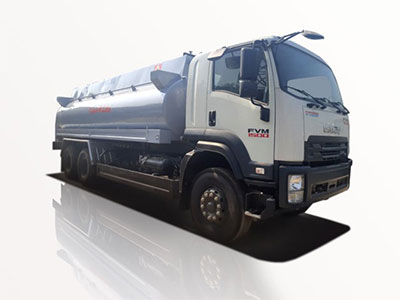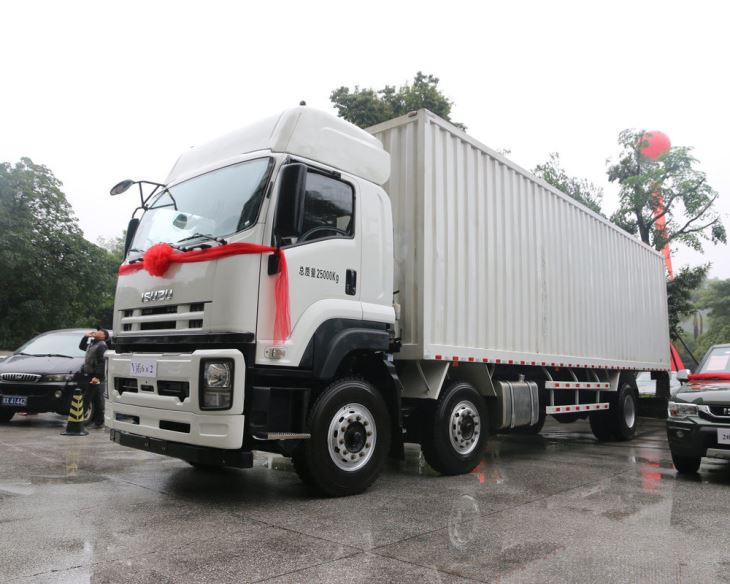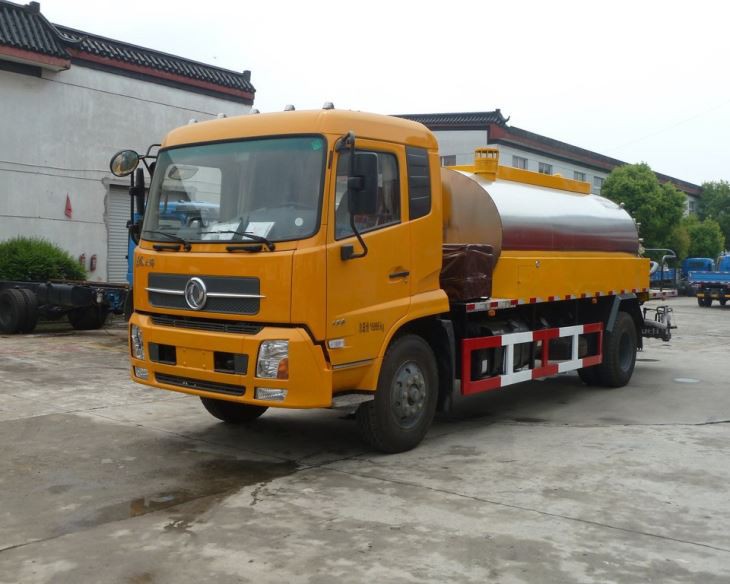Prime mover trucks, critical in the transport industry, serve as the primary hauling vehicles that tow heavy loads. This comprehensive guide delves into the world of prime mover trucks, exploring their features, benefits, types, and more. Whether you’re in the industry, considering a career as a truck driver, or seeking to understand heavy haulage better, this article is designed to provide valuable insights.
What is a Prime Mover Truck?
A prime mover truck, often referred to simply as a prime mover, is a type of truck designed specifically for towing trailers or other heavy loads. Unlike standard trucks, a prime mover has a powerful engine and a specialized chassis to support the weight and stress of towing large loads.
Key Components of a Prime Mover Truck
- Engine: Powerful engines ranging from 400 to 600 horsepower, capable of handling heavy loads.
- Chassis: A robust frame that supports both the truck and the trailer it tows.
- Towing Mechanism: Typically includes a fifth wheel coupling system to connect the truck to the trailer securely.
- Cab: Often designed for comfort as drivers may spend long hours on the road.
Types of Prime Mover Trucks
Prime mover trucks come in various configurations and designs to suit different applications and industries. Here are some common types:
1. Rigid Trucks
These trucks have a fixed chassis and the cab is attached directly to the cargo area. Rigid trucks are less common as prime movers but can be found in some applications.
2. Articulated Trucks
Articulated trucks, the most common type of prime mover, consist of a truck and a trailer joined together. This connection allows for greater maneuverability and flexibility when steering and navigating tight spaces.
3. Heavy-Duty Prime Movers
Heavy-duty models are built for extreme loads, often featuring multi-axle configurations to distribute weight more evenly and enhance stability.
4. Low Loader Prime Movers
These trucks have a lower chassis to better accommodate taller loads that may not fit on standard trailers. Commonly used in construction and industries dealing with heavy machinery.
Benefits of Using Prime Mover Trucks
Prime mover trucks offer several advantages, making them indispensable in numerous industries:
1. High Towing Capacity
These trucks can tow a significant amount of weight, often exceeding 50,000 pounds, making them ideal for transporting heavy goods like construction equipment or steel beams.
2. Versatility
Different trailers can be attached to a prime mover, enabling transport of various materials and cargo types, from flatbeds to refrigerated trailers.
3. Enhanced Safety Features
Modern prime movers come equipped with safety technologies such as anti-lock braking systems (ABS), electronic stability control, and collision avoidance systems that contribute to safer operations.
4. Economical for Heavy Loads
While the initial investment can be high, prime movers are typically more fuel-efficient and cost-effective than using multiple smaller trucks for large loads.
Choosing the Right Prime Mover Truck
Selecting the appropriate prime mover is vital for operational efficiency. Factors to consider include:
1. Load Requirements
Consider the maximum load you plan to transport. Prioritize trucks that can handle this weight, factoring in the trailer’s capacity.
2. Terrain Considerations
Evaluate the terrain where the truck will operate. Some prime movers are better suited for off-road conditions, while others excel on highways.
3. Fuel Efficiency
Fuel costs can heavily impact operating expenses. Look for models renowned for their fuel efficiency, which can save significant costs over time.
4. Maintenance and Reliability
Choose a brand and model known for its reliability and ease of maintenance to minimize downtime and service costs.
Operational Costs of Prime Mover Trucks
Understanding the operational costs will help in managing a fleet effectively. Here’s a breakdown of common expenses:
| Cost Category | Details |
|---|---|
| Fuel | Fuel consumption rates, type of fuel, driving habits. |
| Insurance | Varies based on truck type, usage, and driver experience. |
| Maintenance | Regular service intervals, parts replacement, tire costs. |
| Licensing and Registration | Fees for commercial operation vary by locality. |
| Depreciation | Assets lose value over time; consider resale potential. |
Legal Regulations and Compliance for Prime Movers
Operating a prime mover truck involves adhering to various legal regulations, including:
1. Weight Limits
Each state has laws regulating the maximum weight for heavy vehicles, including both the truck and trailer combined.
2. Driver Licensing
Drivers must possess appropriate commercial driver’s licenses (CDL) and endorsements for hauling certain types of goods.
3. Inspection Requirements
Regular inspections are mandated to ensure safety and compliance with local issues concerning emissions and vehicle standards.
4. Hours of Service Rules
Drivers must follow federal guidelines regarding driving time and rest periods for safety reasons.
Practical Tips for Prime Mover Truck Drivers
Being a prime mover truck driver can be demanding. Here are some practical tips to enhance performance and safety:
1. Pre-Trip Inspections
Always conduct thorough pre-trip inspections to check brakes, lights, tires, and fluid levels before embarking on a journey.
2. Plan Routes Strategically
Use GPS to find the best routes considering height and weight restrictions. Keeping updated on road conditions can save time and reduce risks.
3. Regular Maintenance
Adhering to a regular maintenance schedule avoids breakdowns and prolongs the truck’s lifespan.
4. Safety Training
Ongoing safety training and awareness can help reduce accidents and improve overall safety.
FAQs about Prime Mover Trucks
1. What is the average lifespan of a prime mover truck?
On average, a prime mover truck can last between 10 to 15 years or about 1,000,000 miles, depending on maintenance and usage.
2. How much can a prime mover truck tow?
Prime mover trucks typically have a towing capacity of 50,000 pounds or more, depending on their configuration and specifications.
3. Are prime mover trucks expensive to maintain?
Maintenance costs can vary, but regular servicing and parts can add up. Proper maintenance can help mitigate unexpected costs.
4. Can anyone drive a prime mover truck?
No, driving a prime mover truck requires a commercial driver’s license (CDL) with specific endorsements, ensuring the driver is qualified to operate these vehicles.
5. What kind of cargo can prime mover trucks carry?
Prime movers can carry various cargo types, including containers, machinery, livestock, and hazardous materials, depending on the attached trailer.
6. How do you determine the right prime mover for your needs?
Assess the load requirements, terrain, fuel efficiency, and operational costs to determine the best prime mover truck for your specific needs.
